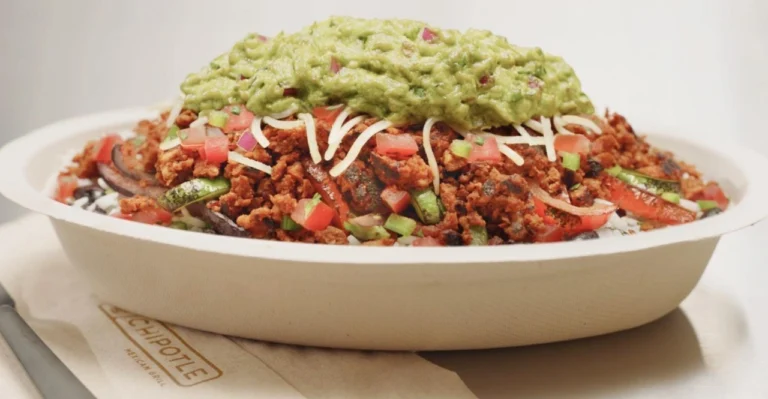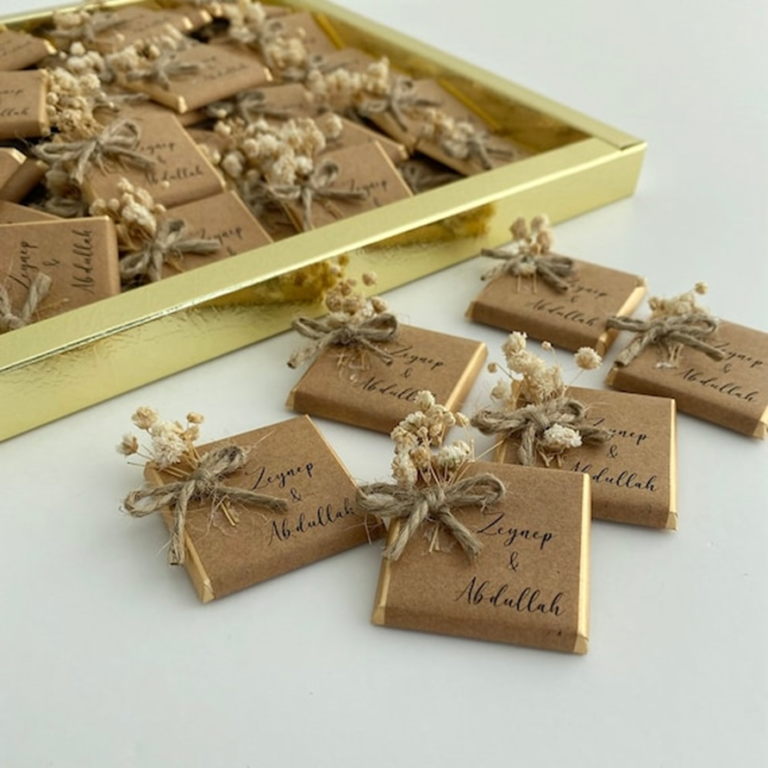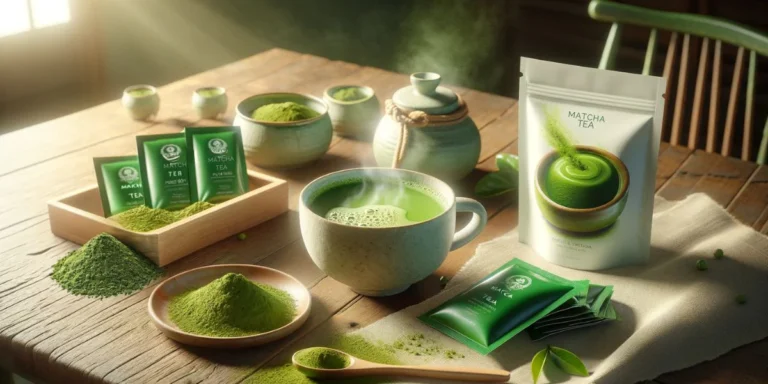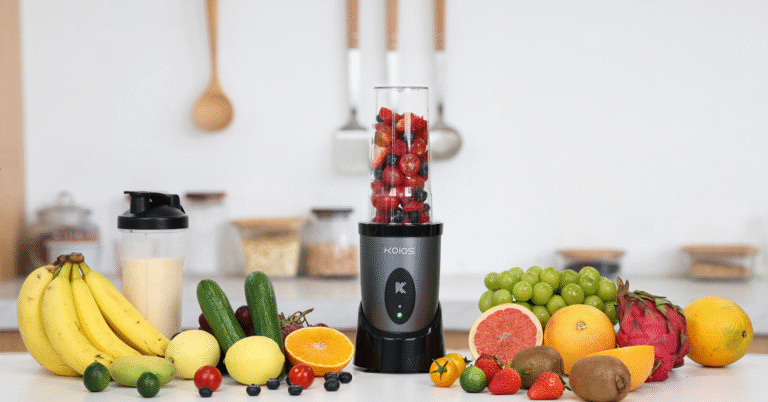The Ultimate Guide to Storing Vegetables for Long-Term Freshness
When you buy fresh vegetables, it’s important to store them the right way so they stay fresh for as long as possible. If you store them incorrectly, they can spoil quickly, losing their taste and nutrients. In this guide, I’ll show you simple ways to store vegetables and keep them fresh for longer.
Why Proper Storage Matters
Storing vegetables correctly can help them stay fresh, keep their flavor, and prevent spoilage. If vegetables aren’t stored right, they can rot or lose their nutrients faster. By knowing how to store different types of vegetables, you can save money, reduce waste, and enjoy fresh produce for longer.
What Affects the Freshness of Vegetables?
There are a few things that affect how long vegetables stay fresh:
- Temperature: Some vegetables like the cold, while others prefer room temperature.
- Moisture: Too much moisture can make vegetables spoil faster, while too little moisture can dry them out.
- Light: Light can make some vegetables ripen too quickly. Thus, it is better to store these veggies in a cool, dark place.
- Ethylene Gas: Some vegetables release a gas called ethylene, which makes other veggies ripen faster. Keep them separate to avoid quick spoilage.
Now let’s look at how to store different types of vegetables the right way.
Storing Vegetables in the Fridge
Some vegetables like cooler temperatures and stay fresh longer when you keep them in the fridge. Here’s a list of veggies that do better in the refrigerator:
Leafy Greens (Spinach, Lettuce, Kale)
Leafy greens, such as spinach and lettuce, should always be stored in the fridge. I recommend keeping them in a plastic bag with small holes or a container that lets air flow. You can add a paper towel to the bag to absorb moisture. Do not wash leafy greens before storing them because moisture can cause them to wilt quickly.
Broccoli, Cauliflower, and Brussels Sprouts
These vegetables last longer in the fridge. You should store them in a plastic bag that has small holes to let air circulate. If you don’t give them airflow, they’ll spoil quickly. Check them regularly to make sure they’re still fresh.
Carrots and Celery
Keep carrots and celery in the fridge. Store them in a plastic bag or container, and they’re dry before storing them. If you buy carrots with green tops, remove them first because they can draw moisture from the carrots.
Asparagus
To keep asparagus fresh, store it in the fridge upright, like a bunch of flowers in a vase with a little water. You can also wrap the ends in a damp paper towel and put them in a plastic bag.
Storing Vegetables at Room Temperature
Now let’s talk about the vegetables that do better at room temperature. While they prefer room temperature, you should store them in a cool, dry place, away from sunlight, to keep them fresh for longer.
Tomatoes
You should store tomatoes at room temperature until they are fully ripe. Once they are ripe, you can put them in the fridge if you want them to last longer. However, they will lose some of their flavor and texture.
Potatoes
Don’t store potatoes in the fridge. The cold temperature turns the starch in potatoes into sugar, making them taste sweet. Instead, you should store potatoes in a cool, dark place, like a pantry or cupboard. Place them in a paper bag or a basket with holes to allow air to circulate.
If you want to learn more about how long potatoes last and how to store them properly, learn how long potatoes last and what conditions they require to last long..
Onions and Garlic
Store onions and garlic in a cool, dry place, away from light. Don’t keep them in plastic bags because moisture can cause them to spoil. Use a mesh bag or basket to allow air to flow.
Squash (Pumpkin, Zucchini, Butternut)
Store winter squash (like butternut or acorn squash) at room temperature in a cool, dry place for a few weeks. Keep summer squash, like zucchini, in the fridge so they stay fresh.
Storing Vegetables in the Freezer
Freezing vegetables is a great way to keep them fresh for a long time. However, not all vegetables freeze well. Some need to be prepared before freezing. Here’s how to freeze vegetables the right way:
Blanching Vegetables Before Freezing
Blanching is when you briefly boil vegetables and then put them in ice-cold water. This helps preserve their color, texture, and nutrients. Some vegetables that need blanching before freezing include:
- Green beans
- Peas
- Broccoli
- Carrots
- Spinach
After blanching, make sure you dry the vegetables well before freezing them in airtight containers or freezer bags. This prevents ice from forming, which can change their texture when you thaw the veggies.
Freezing Root Vegetables
You can also freeze root vegetables like carrots, sweet potatoes, and parsnips after blanching. Once frozen, they can last up to 6 months. Cut them into smaller pieces to make them easier to use later.
Freezing Leafy Greens
The same thing goes for leafy greens, like spinach and kale. You can definitely blanch and freeze them. However, they may lose some of their texture when thawed. The frozen leafy greens are great for soups, stews, or smoothies.
Tips for Storing Vegetables
- Don’t store vegetables with fruits: Some fruits, like apples and bananas, give off ethylene gas, which can cause vegetables to ripen too fast. Keep them separate to avoid spoilage.
- Check your vegetables often: Even when you store them correctly, vegetables can spoil. Check them regularly for any signs of wilting, softness, or mold. Remove any spoiled ones to prevent them from affecting the others.
- Use the right containers: Vegetables need airflow to stay fresh. Use containers with holes, mesh bags, or perforated plastic bags to let air circulate and prevent moisture buildup.
Storing vegetables the right way is important to keeping them fresh for as long as possible. Whether you store them in the fridge, at room temperature, or in the freezer, following the right methods will help preserve their flavor, nutrients, and texture. By understanding the storage needs of different vegetables, you’ll be able to enjoy fresh, tasty produce for longer and waste less food.
So next time you buy vegetables, think about where and how to store them. With the right care, they can stay fresh and delicious for weeks.
also read, Essential Contracts for Co-Owning a Business in Food Industry







